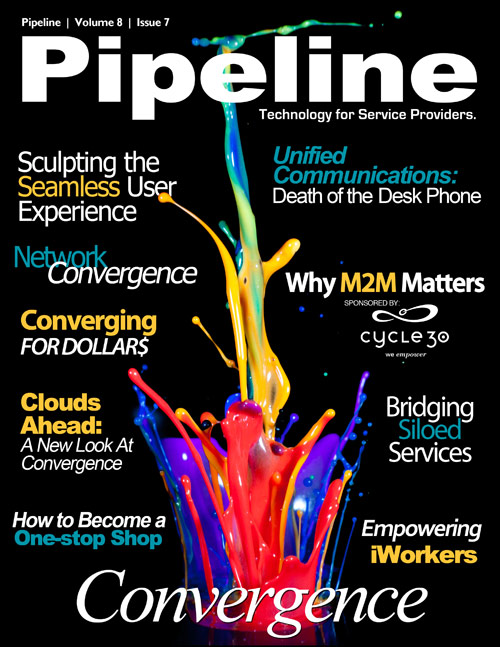Surging demand continues to exceed capacity as more bandwidth-hungry devices are scooped up and used by ravenous users. Data-hungry apps and devices, high-speed Internet penetration, and the increase in video and high-resolution screens mean that service providers' investment in the network is merely a way to keep up with demand, rather than actually increasing revenue.
What Customers Really Want
As all these new data services become available on numerous devices, customers want to receive them in a simple and intuitive manner. This is where value-based pricing–charging based on the perceived value as seen by the customer–comes into play.
For example, a movie package that has data and speed prerequisites already embedded into it for a high-quality experience will offer end customers the ease of use and personalized services that they'll pay more for. Think about how many customers would pay to live-stream the deciding game of the Rangers-Cardinals World Series and not have to worry about the game being jittery or a low-quality viewing experience.
The Amdocs/Heavy Reading research results show that service providers are already starting to consider innovative data pricing plans. For instance, instead of receiving four separate data plans, one for each device, a family could have one easy-to-understand, personalized plan. The consolidated plan would include Dad's iPhone (on a 3G network), Mom's iPad (on a 4G network), a broadband connection and their child's mobile phone, all at preferred bandwidth speeds and payment method.
More than anything else, the connected world has changed the customer experience. Service providers are well-advised to take this opportunity to develop new business models and strategies to meet customer demand, while finding innovative ways to deal with the technical challenges posed by the connected world's constantly rising demand for data.


With that being said, today, most policy management implementations in existence have been tactical in nature. Traditionally they were "siloed" for separate lines of business and addressed certain network-related use cases, such as bandwidth management, fair usage and bill-shock avoidance. What these traditional policy-management schemes don't do is provide a unified view of the various customers within a family billing unit; they aren't designed for today's complicated family scenarios.
Getting Ready to Introduce New Data Plans (Including Family)
The Amdocs/Heavy Reading global research report, which was based on 64 interviews with IT and marketing executives from 32 service providers in Europe, North America and Asia Pacific, highlights the readiness of service providers to introduce family and tiered data plans in the near future.
With service providers reporting that the average family can have 10 or more connected devices in their household, it's no surprise that 67 percent of providers stated that they plan to launch family plans in the future. The research found that a whopping 82 percent of service providers plan to launch a single data plan that can accommodate multiple devices–a development sure to spur sales of 3G tablets by consumers who may have been wary of signing up for yet another separate plan.
Why go to the effort to integrate–or converge–charging systems and policy management? Precisely because this integration will allow providers to offer a better customer experience by introducing plans that relate to the device type, network status and customer information across all lines of business and other parameters.









